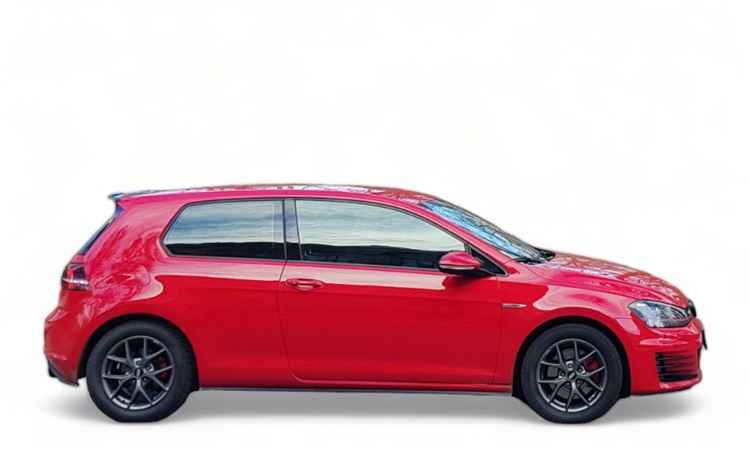Types of Motors Used in Electric Vehicles
Types of Motors Used in Electric Vehicles

Electric vehicles (EVs) are becoming increasingly popular worldwide due to their environmental advantages and economy. EVs run on electric motors rather than an internal combustion engine to translate electrical energy into mechanical energy. Understanding motor types is important for choosing the ideal electric vehicle and addressing long-term issues, including car insurance premiums. Insurers evaluate vehicle features, including motor type, to decide insurance rates.
Which Motors are Used in Electric Vehicles?
There are four main types of motors used in EVs. Each has unique benefits that suit different driving conditions and vehicle requirements.
1. Permanent Magnet Synchronous Motors (PMSMs)
PMSMs are widely used in modern EVs due to their high efficiency and power density. These motors use permanent magnets in the rotor to maintain a constant magnetic field.
Advantages of PMSMs:
• High energy efficiency, leading to extended battery life.
• Their compact size makes them suitable for lightweight and high-performance EVs.
• Smooth and quiet operation.
Many leading EV models, including the Tata Nexon EV, MG ZS EV, and Hyundai Kona Electric, utilise PMSMs to maximise range and efficiency.
2. Induction Motors (Asynchronous Motors)
Induction motors generate torque using electromagnetic induction. Unlike PMSMs, they do not require permanent magnets, reducing reliance on rare earth materials.
Advantages of Induction Motors:
• High durability and reliability.
• They can handle higher loads, making them suitable for high-performance EVs.
• Lower manufacturing costs compared to PMSMs.
Tesla’s earlier models, such as the Model S and Model X, featured induction motors to provide rapid acceleration and long-lasting durability.
3. Brushless DC Motors (BLDC)
BLDC motors are widely used in smaller EVs, including electric two-wheelers and compact city cars. These operate on direct current and are known for their high efficiency and low maintenance needs.
Advantages of BLDC Motors:
• Simple design, reducing wear and tear.
• High efficiency, making them ideal for low-power applications.
• Low maintenance and longer lifespan.
EVs such as Ather and Ola Electric scooters rely on BLDC motors for their energy efficiency.
Conclusion
The performance, efficiency, and long-term running expenses of an electric vehicle depend much on the kind of motor it uses. Potential buyers must know how various motors operate and how they affect driving range and energy usage. Comprehensive car insurance also makes sense when buying an electric vehicle since it covers other necessary components, motor maintenance, and battery problems.
Disclaimer: The above information is for illustrative purposes only. For more details, please refer to the policy wordings and prospectus before concluding the sales.
RELATED ARTICLES
Types of Electric Vehicles: BEVS, HEVS, FCEVS and PHEVS
Things to Know about the Components of Electric Cars
Planning to convert a petrol car to an electric one? Here’s what you need to know
Top Long Range Electric Four Wheelers in India
Electric Vehicle vs Plug-in Hybrid: Which is Right for You?










 Health Insurance
Health Insurance  Travel Insurance
Travel Insurance  Car Insurance
Car Insurance  Cyber Insurance
Cyber Insurance  Critical Illness Insurance
Critical Illness Insurance
 Pet Insurance
Pet Insurance
 Bike/Two Wheeler Insurance
Bike/Two Wheeler Insurance  Home Insurance
Home Insurance  Third Party Vehicle Ins.
Third Party Vehicle Ins.  Tractor Insurance
Tractor Insurance  Goods Carrying Vehicle Ins.
Goods Carrying Vehicle Ins.  Passenger Carrying Vehicle Ins.
Passenger Carrying Vehicle Ins.  Compulsory Personal Accident Insurance
Compulsory Personal Accident Insurance  Travel Insurance
Travel Insurance  Rural
Rural 











